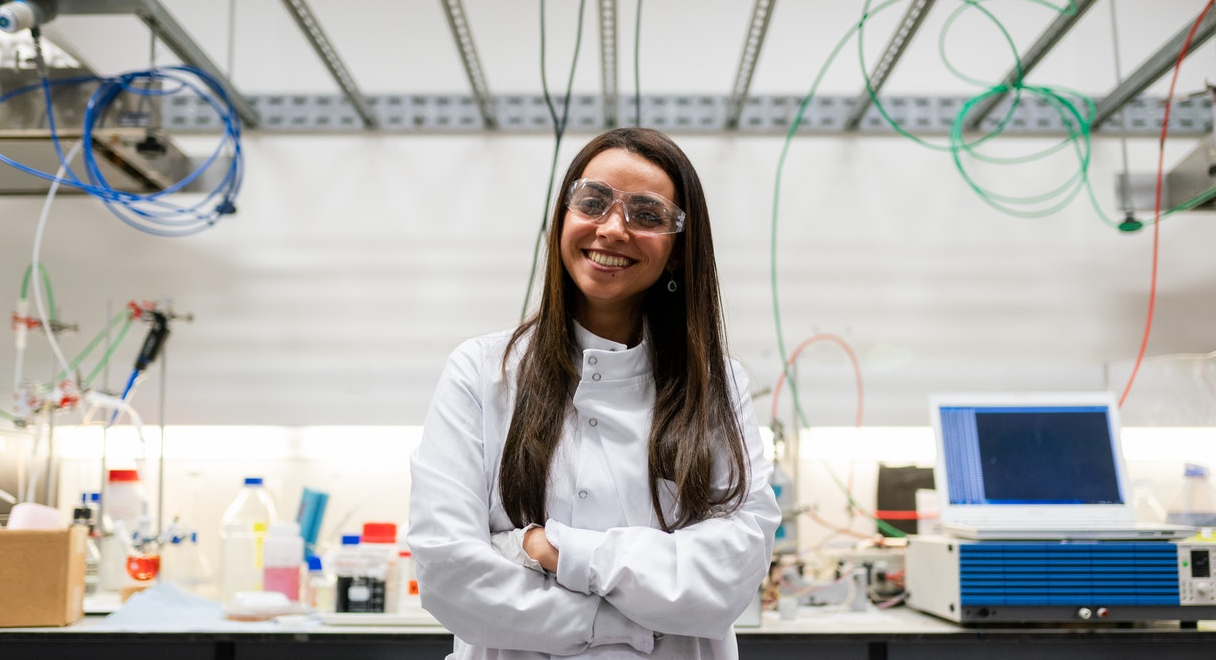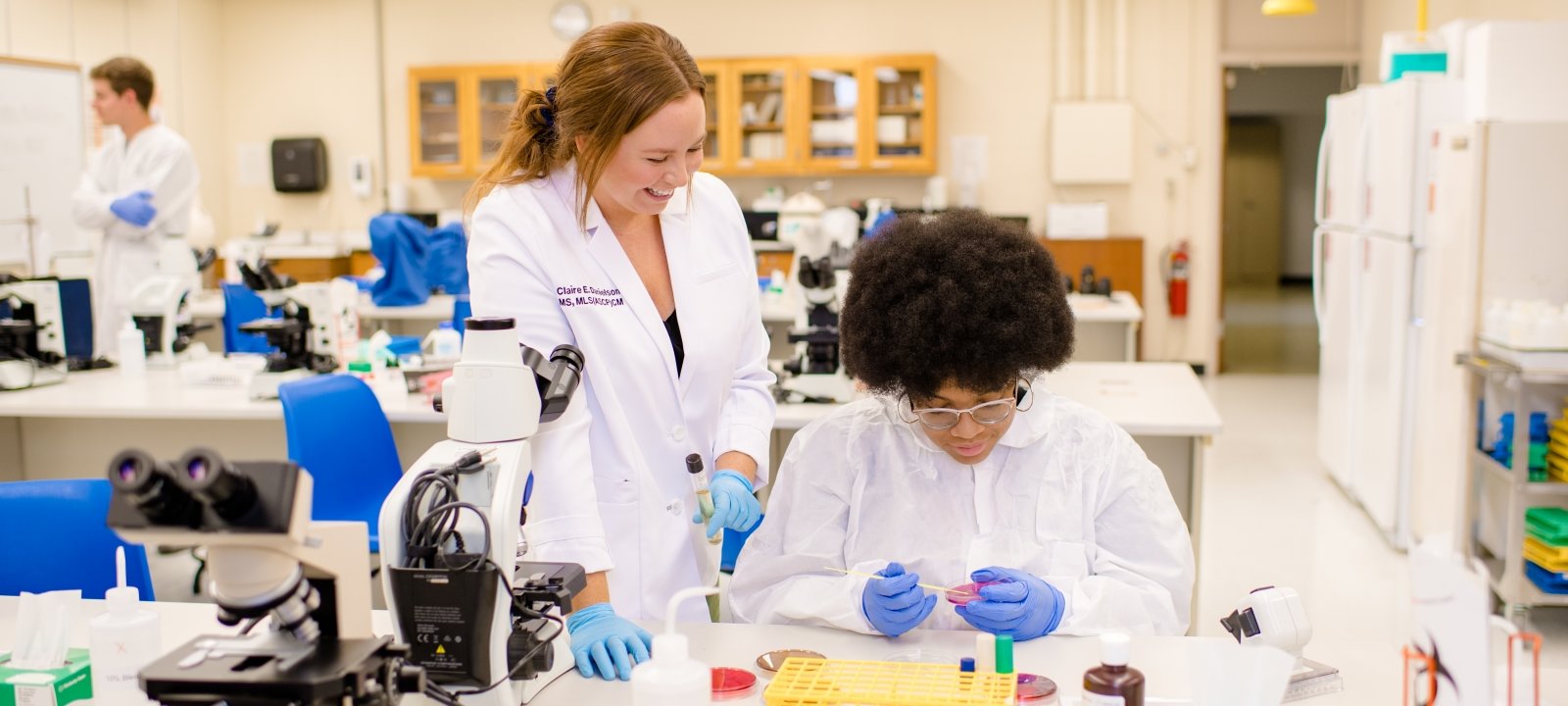The laboratory sector is one of the most technologically advancing markets and lab managers must keep up to date with the latest trends and foster a culture of safety and cleaning continuous improvement.
Training to keep staff updated on the skills needed to meet these demands is a critical component for any lab organisation.
With years of experience in the science and medical sectors, we have identified a few key aspects that will assist you to achieve this.

Identify the skills gaps
Developing staff skill levels is of vital importance to the ongoing success of the laboratory. A standardised level of competency needs to be established across the organisation so that individuals can be benchmarked against this. Questions need to be asked such as: What is my workforce capacity? which new skills are needed? which skills are at risk of being lost?
A skills matrix chart that documents each technician’s skill level in multiple areas can be created. This simply displays three key areas of information: Staff name, list of skills relevant to the lab, and a 1-5 rating of their skill level for that task. This tool will identify obvious gaps in skillsets and provide a framework for future training programs
Define the objectives
Now that the Gap Analysis has been completed, managers can create a training program to meet these needs. It is important to note that any program should be continuous as opposed to a one-off approach. Several factors need to be considered such as: Cost, quality of training, levels of expertise, and whether this is done internally or externally. Often a hybrid of both internal and external training sources is required to meet the overall objectives. These both have their advantages.
The benefits of an external partner include: up to date knowledge of industry standards, freeing up internal resources, and the certification that many of these organisations offer. Internal training is usually more informal and user-specific and offers a more flexible solution. The assessment of the contribution being made by the program to the overall organisational objectives is important in evaluating how it will achieve a safer, happier, and more productive lab environment and the impact on the lab environment culture.
Implement the scheme
Now that skill gaps have been assessed and the objectives defined, a structured training program can be established. The key here is that knowledge needs to be transferred back to the lab bench so that the ‘Best Practice’ methodology is established in all areas. It is important to assess the skills needed to operate all types of equipment as well as benchtop equipment such as centrifuges, autoclaves, and water purification etc.
Another consideration is the need for cross-training. This provides additional flexibility and backup for the laboratory’s day-to-day operation. Cross-training is not only good for the management of the workforce, but it is also good for culture as it helps individuals learn new skills thus increasing their overall value to the laboratory.
Suggested strategies include looking for opportunities to cross-train and encouraging each staff member to identify roles and tasks which they can coordinate with others. Another suggestion is to talk with team leaders about establishing a formal job rotation program across the laboratory, possibly even including human resources personnel to support this.
Create a culture of success
Training shows that you care and creates a culture that fosters accountability, productivity, and continuous learning. Technical staff should be encouraged to make the most of their skills and become ‘self-directed learners’. Allocate time to in-house training and give staff flexibility to attend external events such as seminars and professional development conferences. Encourage staff to share their knowledge and cross-train with others. Hold them accountable for outcomes that are measurable such as safety performance and productivity.
Manage the process, not necessarily the individuals by establishing clear guidelines and expected benchmarks. If there is a failure, review the process and improve it. Be a listener and encourage two-way communication when training staff, a good lab manager is always open to improvements in processes and procedures. In summary, competency-based training can be a great way of keeping professional staff engaged and satisfied as well as creating a positive culture in your laboratory.
How Evolve can help
Mark Bonello, Head of Technical Services at Evolve, said: ‘Ensuring your laboratory staff, particularly those in junior positions, know the ropes of their environment is hugely important for a number of reasons.
‘Touching on the need to meet business demands, addressing changing industry trends and using new technologies, the laboratory training programme ensures continuous improvement and is a critical part of the organisation of any given laboratory.
‘If you need to get your staff up to speed, especially if they are new to working in laboratories, then a training programme is an essential part of both onboarding and ensuring your laboratory functions as smoothly as possible.’
If you need a helping hand with training for laboratory staff, Evolve is here. Our experienced team of scientists and technicians are happy to hear from you.
We are always ready to lend an ear, offer advice and kickstart your project or get it over the finish line. Call us, email us or send our Support Centre a message.
You might also be interested in
Industry insights, innovative ideas and exciting announcements from Evolve
Something else we can help you with?
Evolve is Malta’s fastest-growing science company for laboratory design services, high quality lab supplies and chemicals, as well as specialist scientific and medical equipment.
Our international customers include major pharmaceutical companies, medical cannabis firms, hospitals, schools, universities, public laboratories and the oil and gas sectors.
If you’d like to speak to one of our experts on how Evolve can help your next science-led project, please get in touch with us today.


